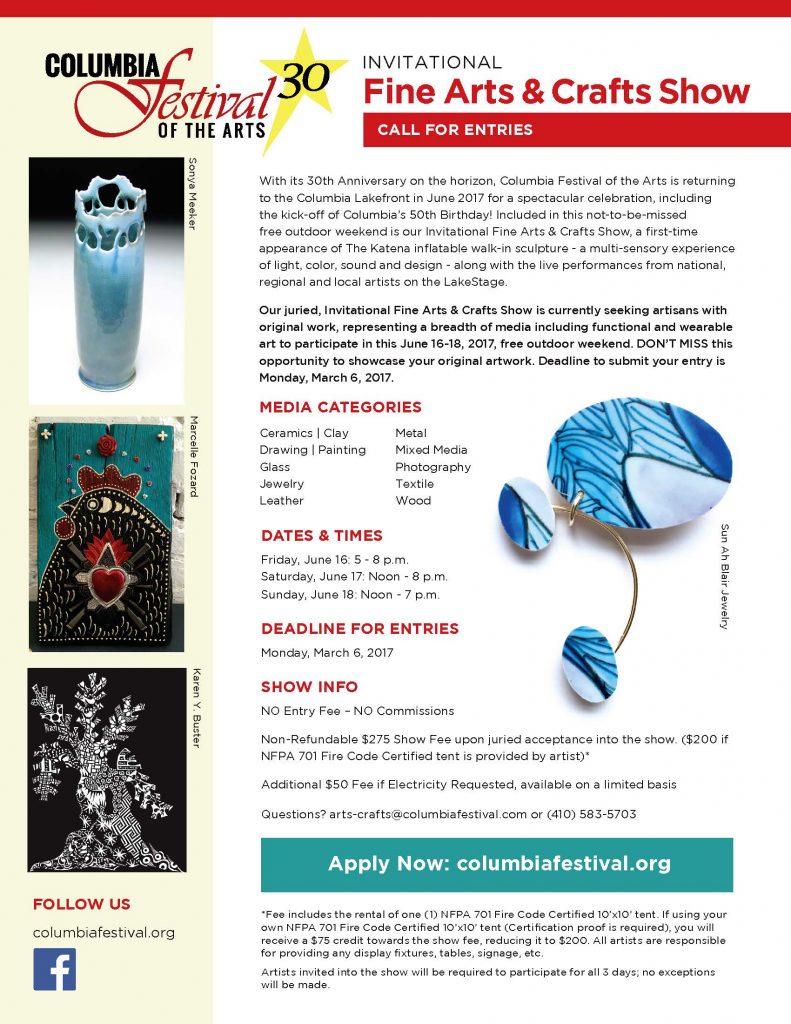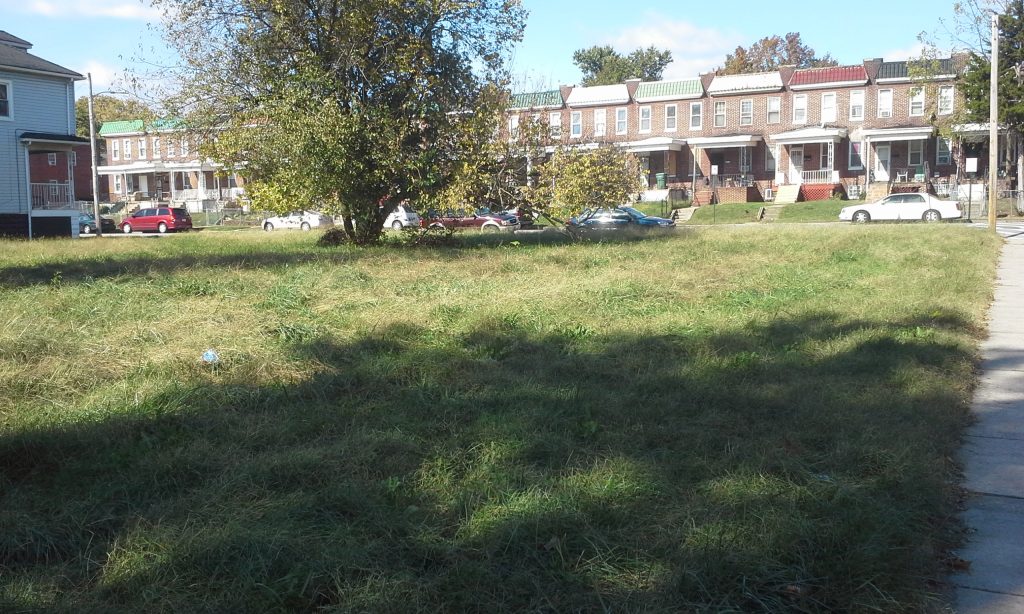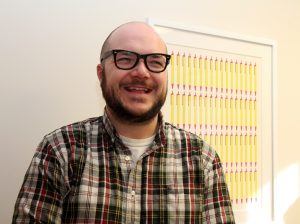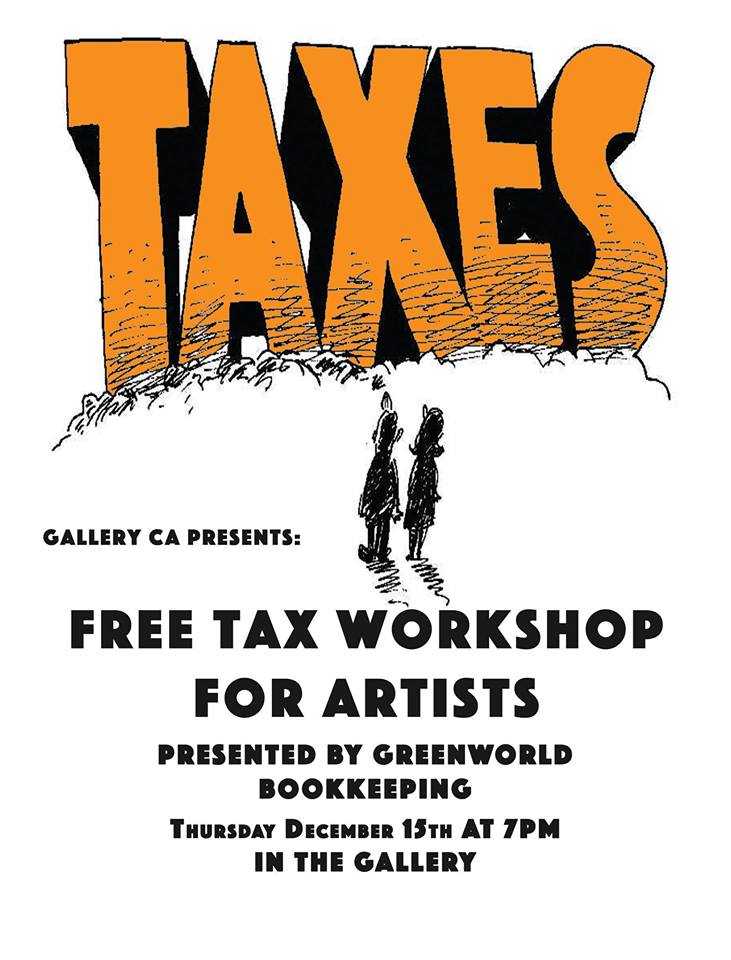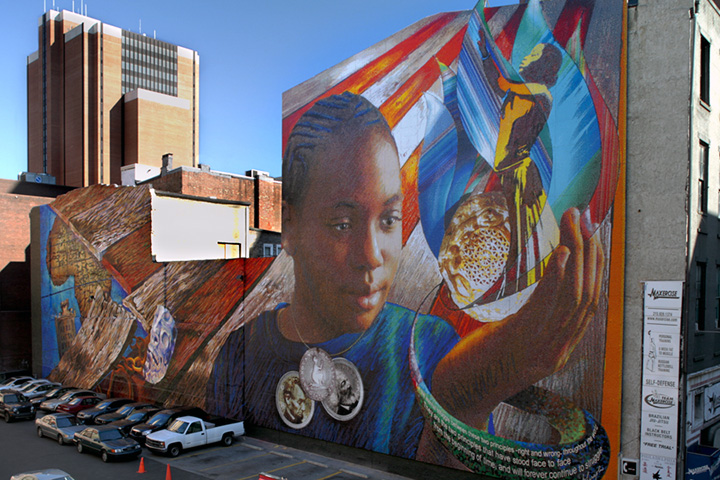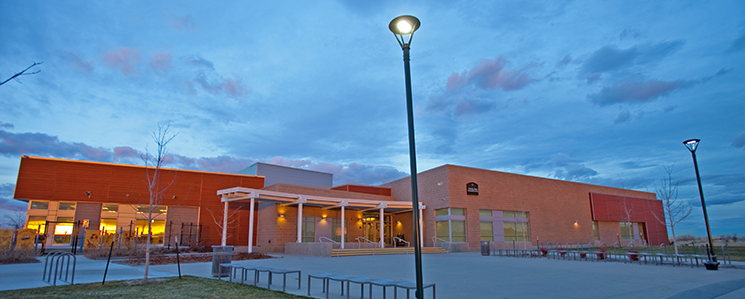
Cycling Class at the Central Park Recreation Center in Denver, Wednsday Dec. 5, 2012. (Photo by Barry Gutierrez)
CENTRAL RECREATION CENTER, AURORA, CO
The city of Aurora, CO is seeking an individual artist or team of artists to join the design team for a new recreation facility. Integrating art elements that create a warm, welcoming and transformative experience as people enter the building is a primary interest. Especially desired is art work that encourages patrons to leave their busy lives at the door and to transition to a focus on their health and wellness. Opportunities include but are not limited to entryway glass treatments, floors, walls, suspended artwork, kinetic art, interactive art, interior and exterior architectural elements.
Please note the deadline for completed applications: 11:59 pm on January 8th. All applications must be submitted through CAFE.
Site Description
The new Central Recreation Center is the first new recreation center to be constructed in Aurora in several decades. It is located at the intersection of East Vassar Place and South Telluride Street, adjacent to Vassar Elementary School and the neighborhoods of Tower Park, Lakeshore, Sterling Hills, and Seven Hills.
Unnamed Creek Trail defines the southern boundary of the site, and West Toll Creek Trail to the west connect the site to the Aurora regional trail system. Views across the creek and a pond capture the Front Range and Rocky Mountains, providing a strong connection to Colorado’s beautiful landscape. Future plans for the 20 acre site also include a community park. With this prime location, it is anticipated that the new site will become a community focus for both indoor and outdoor recreation.
The Facility
The Central Recreation Center facility will encompass approximately 55,000 square feet. It will include a lobby, locker rooms, a large contemporary indoor aquatics area, a gymnasium, elevated track, fitness center, group exercise studio, multipurpose fitness studio, multipurpose meeting rooms, and a short- term child care area for patrons using the facility.
It is anticipated that exterior shell building materials will include a combination of wood, stacked stone, cementitious panel walls, concrete masonry walls, metal panel walls, and glass.
Parks, Recreation & Open Space Department
The Parks, Recreation & Open Space Department (PROS)’s mission is to focus on “Encouraging active lifestyles and creating healthy environments for people, nature and community.” The mission is achieved by providing excellent programming in top notch facilities designed and priced to encourage use by Aurora’s diverse population.
PROS’s vision is to “Connect with the community and be acknowledged as an essential service defining the quality of life in Aurora.” In fulfilling this vision, PROS staff ensure that community input and participation is a key component of everything they do. This has never been more evident than in the planning process for the new Central Recreation Center. The three public meetings were well advertised and promoted and the result was nearly 200 citizens participated in each meeting, providing their personal “wish list” for amenities within the new facility, as well as their preferred appearance of the building’s exterior. .
Aurora, CO
Aurora is Colorado’s third largest city, and the safest large city in Colorado, spanning three counties in the eastern Denver-Aurora Metropolitan Area. Aurora embraces a highly diverse population of over 350,000 residents who enjoy access to quality education, Colorado’s natural beauty and active lifestyle, and an array of cultural amenities within the context of a vibrant and growing community. Aurora is home to top national employers in aerospace and defense, bioscience, healthcare and alternative energy.
Situated on prairie grasslands, rolling hills and the northern tip of the Black Forest, Aurora offers a unique quality of life that blends an old-fashioned sense of community with a range of outdoor and leisure activities. Residents enjoy a wealth of opportunities and are proud to call Aurora home.
Project Budget
$400,000
Selection Process and Materials
All applications will be handled through the CAFÉ System of the Western States Arts Federation. This application process is free. No hard copies or emailed applications will be accepted.
The ideal artist is comfortable working in the public sphere, enjoys working with people, and has experience working on a design team and creating permanent integrated interior artworks. Applicants must be legal residents of the USA.
Submission materials include:
· 8-10 images of relevant past work (Proposal images or concept sketches will not be reviewed.)
· A written resume, not to exceed two pages
· A statement describing why this project is of particular interest, and the skills and experience the applicant will bring to the table, with particular attention to design team experience.
· Names and contact information for three professional references.
TIMELINE
1/8/2017 (11:59 pm) – Deadline for submission of completed application materials
Mid-Late January – Finalists will be notified
Mid-Late February – Finalist Interviews
Early March – Notification of Selected Artist/Team
QUESTIONS
Questions should be directed to: Roberta Bloom, City of Aurora Public Art Coordinator. Publicart@auroragov.org.
APPLY TO THIS CALL


